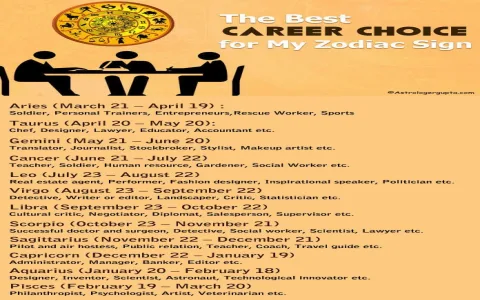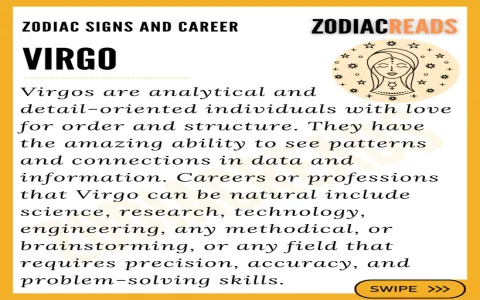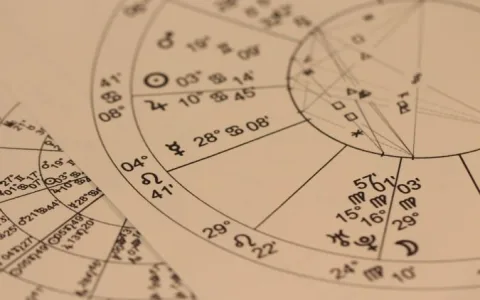The March 2025 Nightmare Kicked It Off
Look, I ain’t really into horoscopes, but man, March 2025 was supposed to be a crushing time for Virgos according to the chatter, and they totally nailed it for me. My workload just exploded out of nowhere. Two huge client pitches needed closing, plus the guy running QA suddenly quit right before a critical launch. I was instantly drowning. I started sleeping maybe four hours a night, waking up already feeling pissed off and behind schedule. My doctor, bless her heart, told me my blood pressure was looking like I was training for the Olympics, but the wrong kind of training.
I realized I couldn’t just muscle through it like I usually do. Trying to drink more energy drinks just made my hands shake worse while I was typing. I had to actually practice handling this stress, not just absorb it until I blew up. I took one Saturday morning, ignored all the piled-up emails that were screaming for attention, and decided I had to structure this whole mess. This was the start of the log.
Establishing the Boundary Lines: Action One
I researched maybe three conflicting articles online about high-pressure work periods, and they all said the same boring thing: prioritize. But I decided to go extreme. I grabbed a massive whiteboard—the one I usually use for mapping out stupid side projects—and I literally mapped out every single minute of my workday for the next two weeks. I mean, every minute. No kidding. I blocked out time for specific tasks only. I named this structure the “Execution Block.”
- 8:00 AM – 12:00 PM: Deep Work Only. Phone off, email client completely closed. If the office burned down, I honestly wouldn’t have known until noon.
- 1:00 PM – 2:00 PM: Email Triage and Slacks. I absolutely forced myself to only handle incoming communication during this single hour. Anything else could wait until tomorrow’s slot, unless it was literally bleeding money.
- 3:00 PM – 4:00 PM: Collaboration/Meetings. This was the only time people could actually book me or corner me for a chat. If they tried to invite me to a meeting before 3 PM, I just declined the invite without a single thought. Sounds rude, but hey, I was trying to save my life and my job here.
The first few days following this schedule were hellish. People kept trying to slide in quick questions at 9:30 AM. I had to literally train my colleagues to respect the schedule. I’d point dramatically at the whiteboard and just say, “Not on the schedule, talk to me at three.” I swear, I fought the urge to sneak a look at my inbox maybe fifty times before that 1 PM triage hour hit. It was exhausting just sticking to the plan.
The Crucial Disconnect: Action Two
The biggest killer of my peace wasn’t the workload itself, it was the absolute inability to stop thinking about it. My brain just kept running the work tape at 1.5x speed, even when I was trying to relax. So, I knew I needed to implement a forced shutdown ritual. This was the practice that actually worked the quickest and felt most satisfying.
I used to leave the office building, still answering texts from the boss while walking to the car and listening to work podcasts. Now, I established a hard deadline: 6:00 PM. Not 6:01 PM. At exactly six, the laptop snaps shut and goes into the bag. No exceptions, even if I was mid-sentence on an email draft.
But the real trick, the physical ritual that saved me? I needed a true, physical marker to break the connection between work brain and home brain. I decided to start practicing guitar again, something I hadn’t touched in years since college. The moment I walked through my front door, I didn’t reach for the remote or the fridge; I picked up the old dusty acoustic. The intense focus required to hit the chords right, even when I was playing them badly, was enough to stop the work anxieties from flooding my frontal lobe. I was successfully forcing my focus elsewhere for at least 30 minutes every evening.
Tracking the Practical Results
The first week following this strict structure, I felt like a total jerk. I cancelled dinner plans, I cut conversations short, and I was rigid about moving my body and sticking to that damn schedule. But guess what happened? The deadlines that felt totally impossible just weeks ago? I started hitting them, one after the other. Because I wasn’t wasting precious mental energy multi-tasking or dealing with non-critical interruptions, my four hours of “deep work” were actually super productive. I tracked my simple productivity metrics—just completed tasks per day logged in a spreadsheet—and saw a solid 30% jump compared to the scattershot days of February.
By the end of March, the stress hadn’t vanished entirely, but it was absolutely manageable. I had successfully re-engineered my entire workflow to absorb the high pressure without having a nervous breakdown. I still had that crushing workload, but I wasn’t carrying it into my sleep anymore. I started sleeping a solid six hours, sometimes seven, without waking up checking my phone under the covers out of panic.
If you’re facing a similar wall of stress, you gotta stop being polite and trying to please everyone all the time. You gotta ruthlessly protect your focus time and enforce that shutdown ritual. I learned that saying “no” wasn’t career suicide; it was actually the only way to ensure I survived to complete the damn job.
That was my March 2025 stress management log. It wasn’t graceful, but man, did it get the job done.





